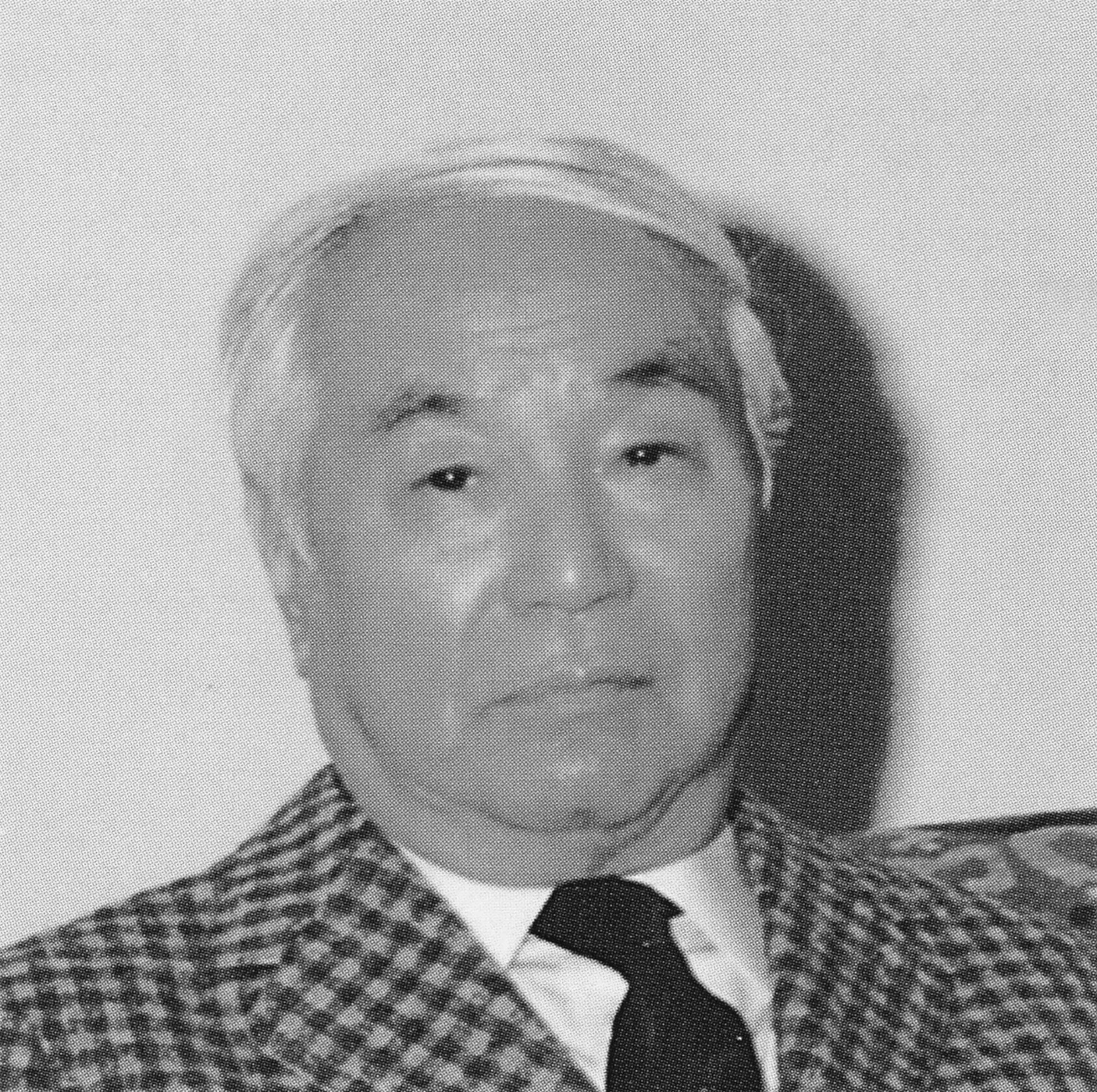

Information
Content includes:
6th Mainichi Industrial Design Award
Industrial Design Department
Impressions about the Honda C100 Super Cub / Jiro Kosugi
commercial design department
Ryuichi Yamashiro and his works / Hiroshi Hara
special prize
Nissenbi 10 years of stratification / Masaru Katsumi
Desires for Graphic Designers / Masato Takahashi, Ryuichi Hamaguchi, Jun Hamamura
The 10th Nissenbi Exhibition
Member works
Publicly submitted works
Kamameshi Kettle / Hiroshi Ogawa
Moving Workplace / Takashi Kono
Herman Miller mass-produced furniture / Tadaomi Mizunoe
Tokyo Yarakasukan Textile Industry 1st Student Calendar Design Contest 1961 / Ryuichi Yamashiro
square of design
Eroticism and Design / Shoji Shirai
New materials and “turnip” design / Masao Kawamura
Designer’s Window : Knowledge of Printing ⑦ Overprinting / Kozo Koike
Details
Linked Information
